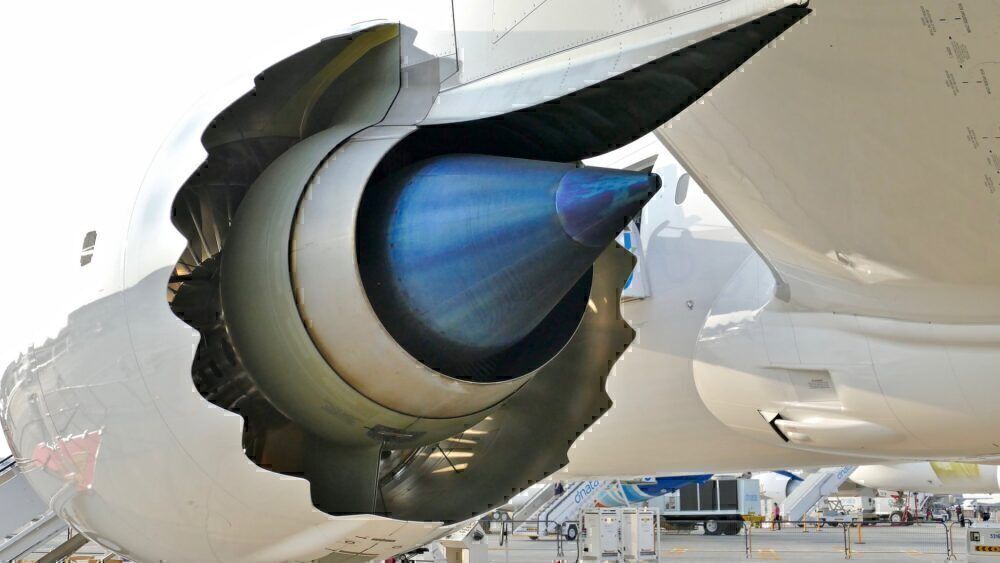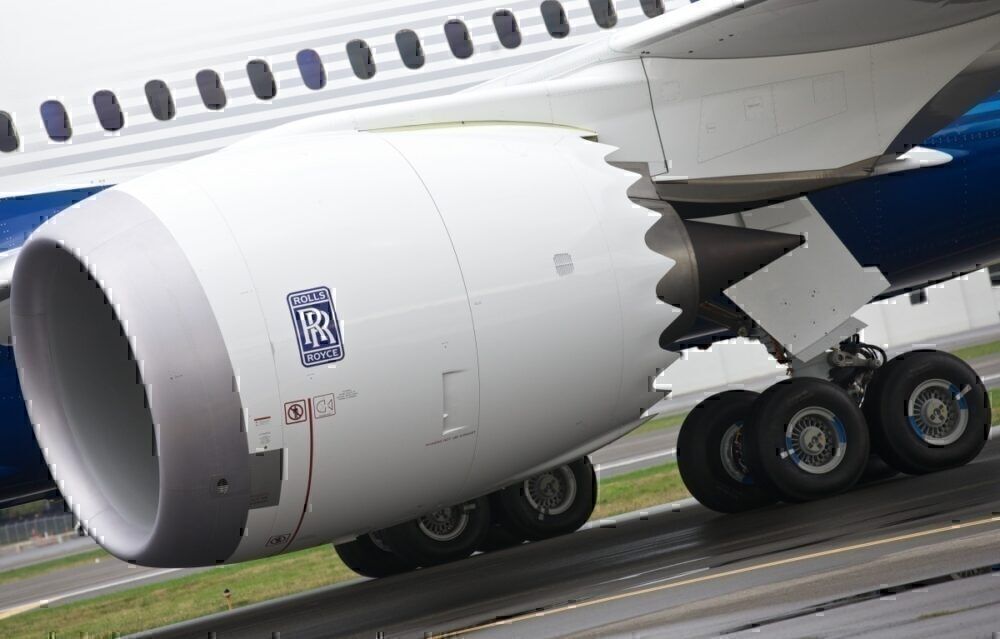The Australian Transport Safety Bureau has today issued its findings on the engine shutdown in 2018 involving a Boeing 787 operated by Scoot. An investigation into the cause of the incident found that a fuel pump blocked by debris from worn bearings caused the Trent 1000 engine to shut down.
Scoot 787 “uncommanded engine shutdown” incident
The Australian Transport Safety Bureau (ATSB) has today revealed the outcome of its investigation into the “uncommanded engine shutdown”
During a flight from Singapore to Perth on October 11, 2018, a Scoot Boeing 787-9, registration 9V-OJE, suffered a problem with an engine that caused it to shut down. Around two hours into the flight, the aircraft’s crew received two status messages “indicating abnormalities within the right engine.” At 46km (28.6miles) north of Perth Airport, the crew became aware that the right engine, a Rolls-Royce Trent 1000, was responding slowly to commands.
During the aircraft’s descent, the engine’s performance continued to deteriorate and, while passing through 9,000 feet, the aircraft developed “severe thrust asymmetry.” Soon afterward, the engine shut down. The ATSB report says that the crew had followed appropriate procedures and, because of the proximity of the airport, decided not to attempt to restart the engine.
The crew landed the plane safely with the one operational engine. After a visual inspection of the aircraft by emergency services, it was cleared to taxi to the gate. The passengers disembarked normally via the airbridge. There were no resulting injuries, and the aircraft was undamaged.
Worn bearings caused the shutdown
The subsequent investigation into the incident by the ATSB and Rolls-Royce found that an inlet filter had been blocked by debris from worn bearings in the secondary high-pressure fuel pump, which had restricted the flow of fuel. Rolls-Royce discovered that the secondary HP pump-driven gear bearings were heavily worn, with evidence of scoring and missing material.
After the crew of another Scoot 787 received similar maintenance messages in November 2018, wear was also found on the secondary HP pump journal bearings. Rolls-Royce monitored the Trent 1000 engines of Scoot’s 787 fleet. Five more events involved messages generated by inlet filters being blocked by fuel pump debris.
Between late 2018 and early 2019, Rolls-Royce determined that Scoot’s fleet was “particularly susceptible to low-life wear in the journal bearings of the secondary high-pressure fuel pump.” The ATSB report says,
“The Rolls-Royce investigation identified various potential factors that might have contributed to low life journal wear, including the fleet’s operation, maintenance, fuel quality, or pump design and construction.
“It also considered factors in addition to those listed above but, due to the number of variables, was unable to identify which might have been dominant with respect to the pump bearing wear.”
Investigation outcome
As a result of the incident, Rolls-Royce has updated its Fault Isolation Manual for the Trent 1000 to instruct all operators to remove the fuel pump and hydro-mechanical unit when maintenance messages are received about the fuel metering valve not being in the commanded position.
Rolls-Royce is also monitoring maintenance messages and looking into the possibility of using flight data to detect fuel pump journal wear before its effects on valve operation become apparent.
What do you think about the engine shutdown incident?



